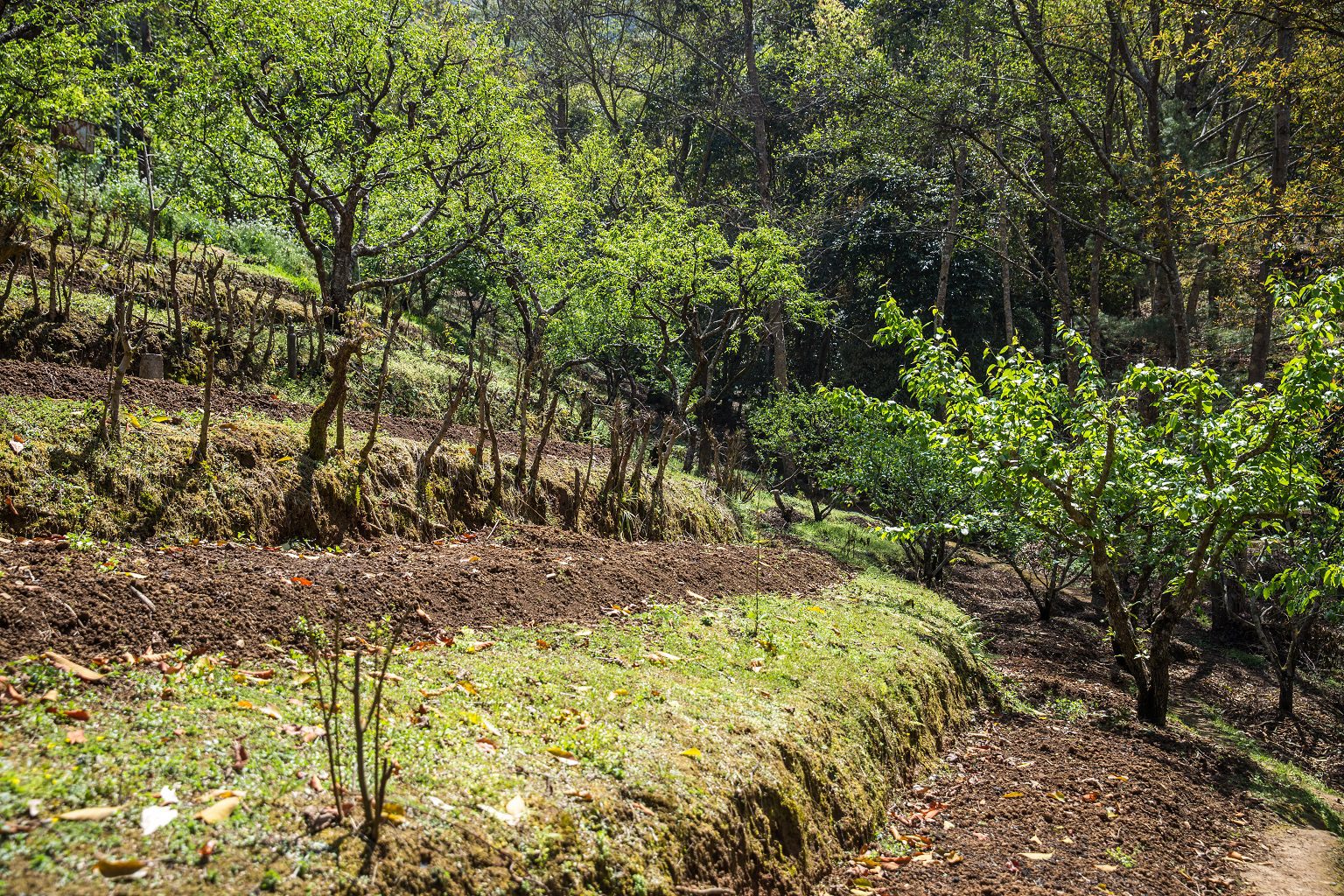Different Bioengineering methods of soil erosion control
- Riprap
a. Stone riprap without vegetation: Generally used in stream bank, water course.
b. Riprap with vegetation: roadside, gully beds and head.
Function:
- Reinforce and armor the slope against erosion. It allows seepage to flow out between the stones.
Advantages:
- Stones are not dislodged once the vegetation is established.
- Good drainage through wall by the plants.
Disadvantages:
- Regeneration of vegetation is obstructed by stones.
- relatively expensive to carry out in large scale

- Palisade:
- wall consisting of living uniform stakes of live material driven into the ground (one third of their length), close to each other to form a palisade.
- Used as defensive structure
Functions:
- Reduce slope in gullies and tributaries,
- encourage deposition of sediments especially in fine soils.

- Brush layering:
- made of living cuttings planted in line, on terraces across the slope, following the contour, cover with soil with just the tips sticking out.
- It is used for stabilization of shallow earth slumps and loose soil slopes and gullies.

Advantages:
- It is simple and provides a very strong and low-cost barrier, especially on loose debris of slopes.
Disadvantages:
- The construction of the layers gives rise to a considerable level of disturbance to the slope.
- Brush layering should only be used on slopes consisting of loose material.
- Wattling:
- Wattling, or rooted fences, is used over steep slopes in loose materials, where vegetation cannot naturally establish. (Phaledo, dabdabe, Kavro, Khirro)
- Soil is filled in behind the fence. Generally done along the contour line
Advantages:
- Fast and simple protection;
- Rooted fences establishes a micro-site for other plants.
Disadvantages:
- Large quantities of flexible branches are required.
- Labour and material intensive, securing effect is small, easily damaged, thus not sufficient for persistent rock falls.
- Applicable only to slope with limited volume of debris flow. It can be used up to about 40°.
- Not suitable on excessively drained soils (the cuttings dry out and die).

- Fascines:
- Structures consisting of bundles made with live plant material anchored to the ground using pegs, which in some cases can also be made from live plant material (cuttings).
Functions:
- After rooting and spouting develop into a strong line of vegetation that depleting soil-water through transpiration and interception;
- dissipate the energy of downward moving water,
- trap debris and provide a series of benches on which grasses and eventually
- Increase infiltration.

Advantages:
- Simple and low-cost erosion control measures, which is effective even after silting.
- Very adaptable to the existing morphology,
- requires little soil work,
- suitable for steep rocky slopes where digging is difficult. The maximum slope is about 45°.
Disadvantages:
- A large amount of straight and long plant material is needed.
- Do not form a physical barrier immediately.
- can only drain a limited amount of water, up to about 5 litres per second.
- Pole or Live stake planting
- Live staking involves the insertion and tamping of live, rootable vegetative cuttings into the ground.
- If correctly prepared and placed, the live stake will root and grow.

Function:
- A system of stakes creates a living root mat that stabilizes the soil by reinforcing and binding soil particles together and by extracting excess soil moisture.
- Jute netting
- Done to protect the mulch from wind and water damage.
- Reduces soil erosion and provides a good environment for vegetative growth.
- Can be applied alone without mulch as an alternative to straw or wood mulches on flat sites for dust control and seed germination enhancement.

- Hedgerow planting
- Linear design for natural resource conservation using woody plants or perennial grasses.
- It improves water quality and provide wildlife habitat.
- Contribute to sustainable mountain development through erosion control.
